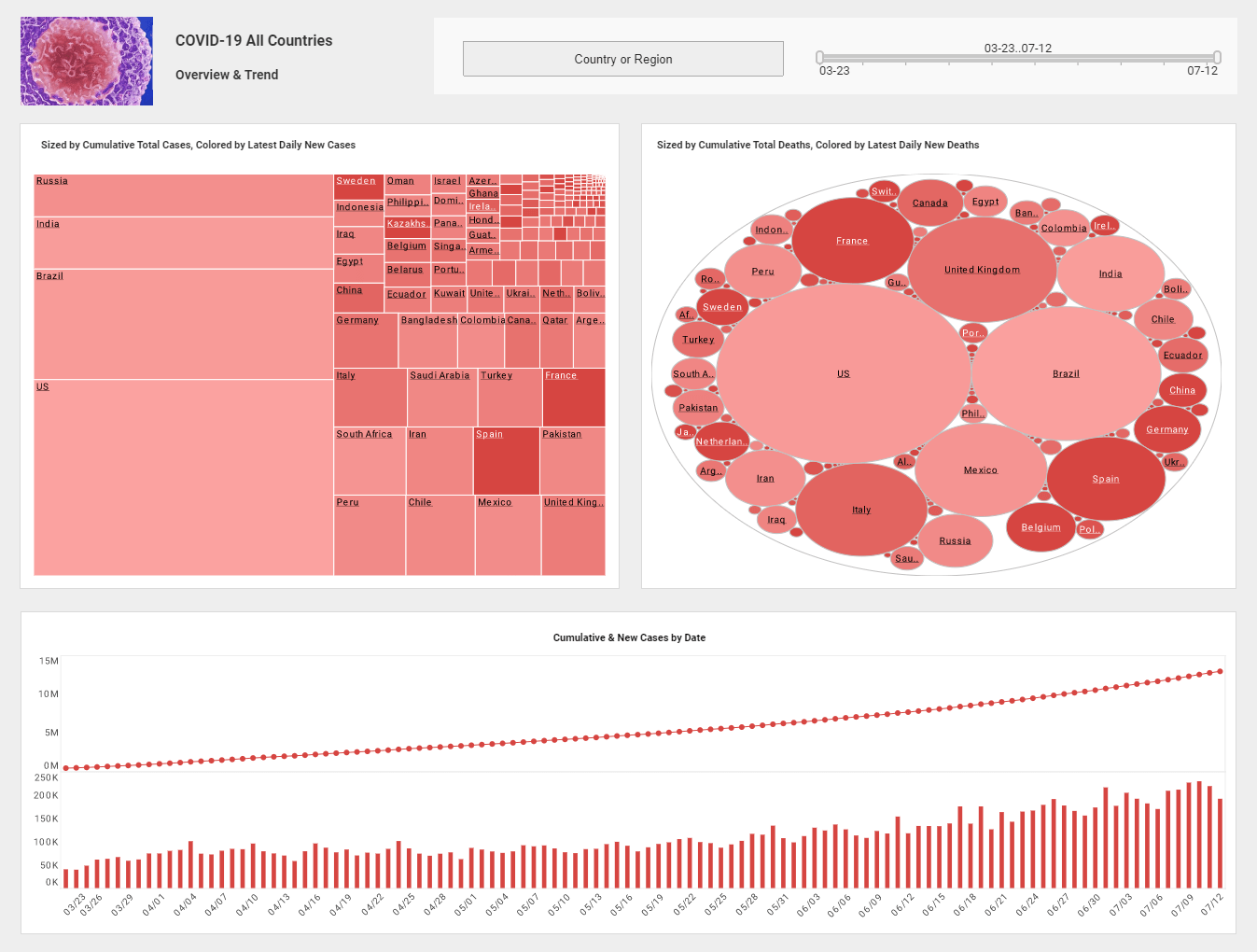InetSoft Webinar: Key Points of StyleBI Continued
This is a copy of the transcipt of a Webinar hosted by InetSoft. The speaker is Mark Flaherty, CMO at InetSoft, and he discusses the topic of “Embedded Business Intelligence.”
Mark Flaherty: The second part here we talked about real world and as I alluded to before, our underlying data storage is not limited to rows and columns and neither is our analytics engine. So we actually have quite a large variety of modeling capability space given to us. So for example, we can have business intelligence model to take advantage of inheritance, and I can have a model that is based on another model but has some extensions to it, or we can link the models together.
For example, in healthcare setting, there is lot of cases where you may have patient demographics, separate, say some diagnostic information. It is very difficult to roll that into one rows and columns model. We just keep that as a separate model and have some very powerful ways to define relationships between them.
We also have a very interesting way of making use of qualitative information based on unstructured data, because we can understand unstructured data and organize it into concepts. We can actually use those concepts to drive some of the aspects of the analysis, that’s better served by talking about an example. So for example, let’s say, you are a large insurance company and you have a database of claims information. That claims information may include hard information such as how much a claim was for, who made the claim, when the claim was made, etc. That works very well in the traditional world of business intelligence.
| #1 Ranking: Read how InetSoft was rated #1 for user adoption in G2's user survey-based index | Read More |
But suppose you want to know things that are locked in the claim letter itself such as what type of claim this was. Was it an auto accident or fire? Maybe that information isn’t codified. With our approach, we can actually build a model, where we can see both of those pieces of information and we can share that analysis in one data model which is, as you can imagine quite powerful.
The third thing I want to talk about here is active. We truly believe and designed StyleBI with this in mind that business intelligence is of no use if it is only telling you after the fact what happened. You have to build and embedded this in your applications and you have to be able to give the actual end users ability to take action.
So we do this in a couple of ways, one is that all of StyleBI works through simple Web 2.0, pure HTML, so we are not building the client applications have to be installed on users' desktops instead what we have is lightweight dashboards that are very easy to either use standalone or to embed in your actual application.
Second, we have a way of defining as part of your business model, action, so that when a user is looking at a particular report or dashboard, they can actually interact with it and take action. And if you remember in that previous diagram, we have built into this platform our enterprise service bus or integration engine, those actions can make use of that to actually to drive activity through your existing application.
 |
Read the top 10 reasons for selecting InetSoft as your BI partner. |
So for example, we have a customer that has a dashboard that shows the call load in a call center, so you can look in and you can see by department what the load is and a manager might be that one department looks like there are little over, there is too much load. They can drill into the dashboard and see what the actual breakdown of call volume is for operator. And in that dashboard, there is an actual button they can click that says “Reality”, when they press that through web service calls, it brings up a page of their own application saying, allowing them to re-allocate work from one worker to another. And since the Style Intelligence mode is real time, when they dismiss that dialog, they immediately see the new allocation. So the line manager in that case that not only used the tools to analyze what's going on, but they can take action in real time to really make sure that they are improving whatever processes they are looking at.
| Previous: Key Points of StyleBI |


